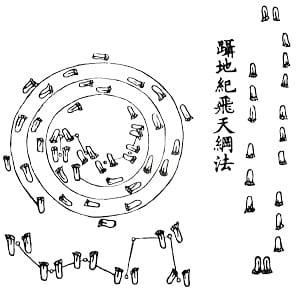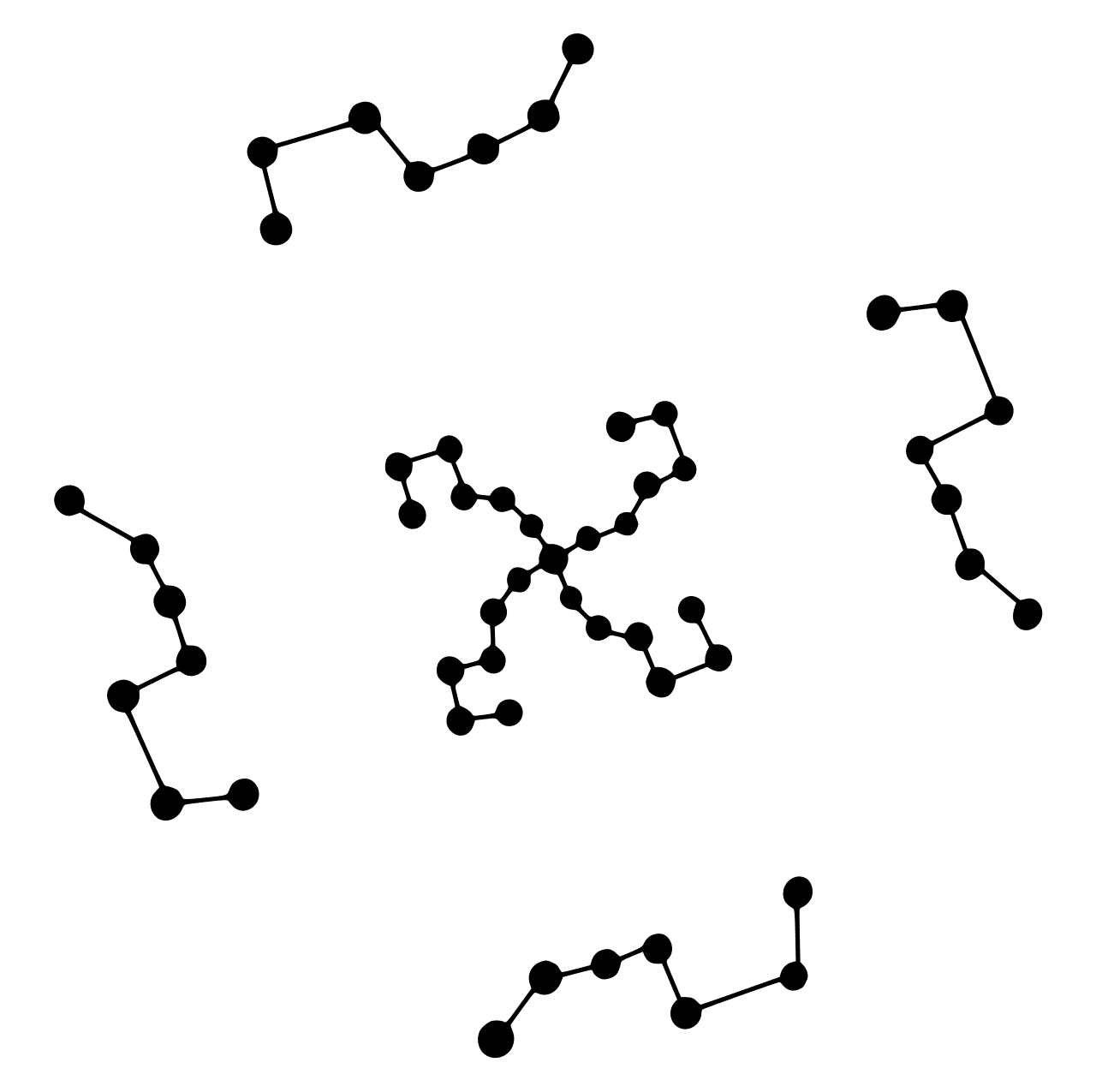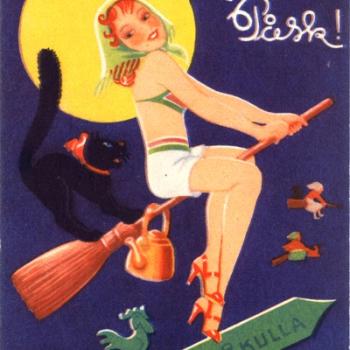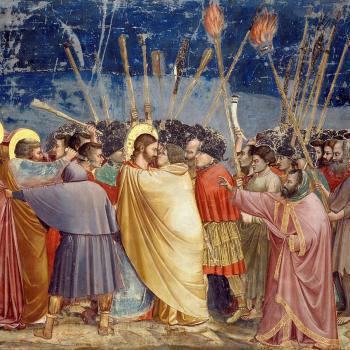
無 Wu – emptiness, the pregnant void
Thirty spokes share the wheel’s hub;
It is the center hole that makes it useful.
Shape clay into a vessel;
It is the space within that makes it useful.
Cut doors and windows for a room;
It is the holes which make it useful.
Therefore profit comes from what is there;
Usefulness from what is not there.Tao Te Ching, Lao-Tzu, Ch 11
For many years, I have harboured a secret and sincere interest and study into philosophical and esoteric Taoism, an ancient wisdom of life and health from China. In this, I have poured over translations of ancient texts on alchemy and meditation, the classics of Lao-Tzu, Chuang-Tzu and modern scholars such as Eva Wong and Thomas Cleary, and esotericists including Benebel Wen.
One area of particular personal interest in my search for the supreme energy system is the Microcosmic Orbit, an internal technique of alchemy and energy circulation. I was delighted to find this technique crop up in Aiden Wachter’s fantastic book, Six Ways: Approaches and Entries for Practical Magic. It is noteworthy that Aiden acquired the technique from Jason Miller, who himself has advocated for eastern energy circulation systems over western models, such as the Middle Pillar, on grounds of effectiveness. Indeed, Miller notes the post Victorian tendency to romanticise eastern wisdom that trickled through and attempt to locate its western alternative, forcing everything to fit the convenient Tree of Life schema. In terms of energy circulations, I agree with Miller that this correlation and attempt was awkward in western modern renditions and best abandoned (attempts at correlating chakras with sephiroth has proven tiresome and an irregular fit). Rather, in taking the esoteric philosophies of the East and trying to shoehorn them into a Western tradition, there has been a neglect of those traditions which are most effective, thereby chucking the baby out with the bath water.
There is a case to be made that, as I am culturally removed by way of my European heritage from ancient Chinese shaman and Taoists, I am guilty of appropriation. There exists, nevertheless, some remarkable cross over. Besides which, it is not my intention here to argue for Chinese philosophy brewing in the ancient cultural milieu, nor the importance of transmission of ideas, goods and wisdom via the Silk Road; that’s better left to more clever people and different times. There is, however, something hauntingly familiar in the Proto-Taoist dances from China.

Yu the Great is credited in some ancient cosmologies as being an ancestor of some antiquity and reverence. Yu the Great predates the earliest written records in China and his name is found inscribed as far back as circa 1045 BCE . Credited with bringing order out of chaos, the cosmic waters of flood were managed by Yu the Great and used to found the communities to whom he is a demiurgic figure. In the process of drawing order from the chaos of the abyss, Yu became lame on one side, thus explaining the shuffling step used in the mystic dance of early Taoist shaman-priests, which imitates Yu as he traverses the heavens, circling in a spiral about the celestial pole and then treading the nine (seven visible, two unseen) stars of the Big Dipper upon the North Star Road. In this mystic dance, we can perceive an origin for later martial arts forms and qigong methods for health and vitality. Indeed, the importance of the Big Dipper to early Taoist mystics cannot be overemphasised, taking paramount importance in the heavenly journey of the proto-priest.
The Big Dipper, or as it is known in Chinese, The Seven Stars of the Northern Ladle, is believed to emanate with extraordinarily strong energy that can be harnessed here on earth and channeled into particular intentions.
Benebell Wen, The Tao of Craft

The Dipper is the Thearch’s carriage. It revolves around the central point and majestically regulates the four realms. The distribution of yin and yang, the fixing of the four seasons, the coordination of the five phases, the progression of rotational measurements, and the determining of all celestial markers—all of these are linked to the Dipper.
Little, Stephen; Eichman, Shawn (2000). Taoism and the Arts of China
Benebell Wen describes how the Northern Ladle spins around the celestial pole, pouring its Vital energy or Qi from the cosmic waters for all life upon earth (The Tao of Craft).
The striking semblance of the Spiral Path and Maze, the Northern Star, the lame ancestor god, is remarkably reminiscent of modern pagan Witchery.













